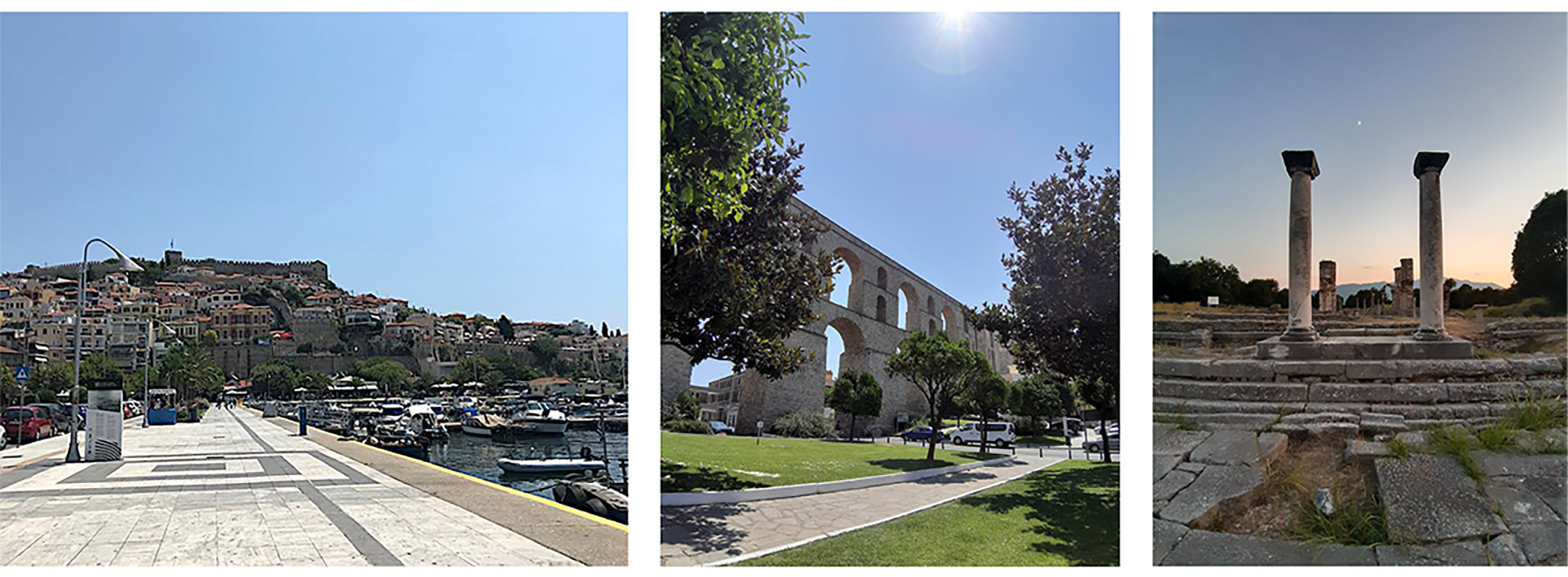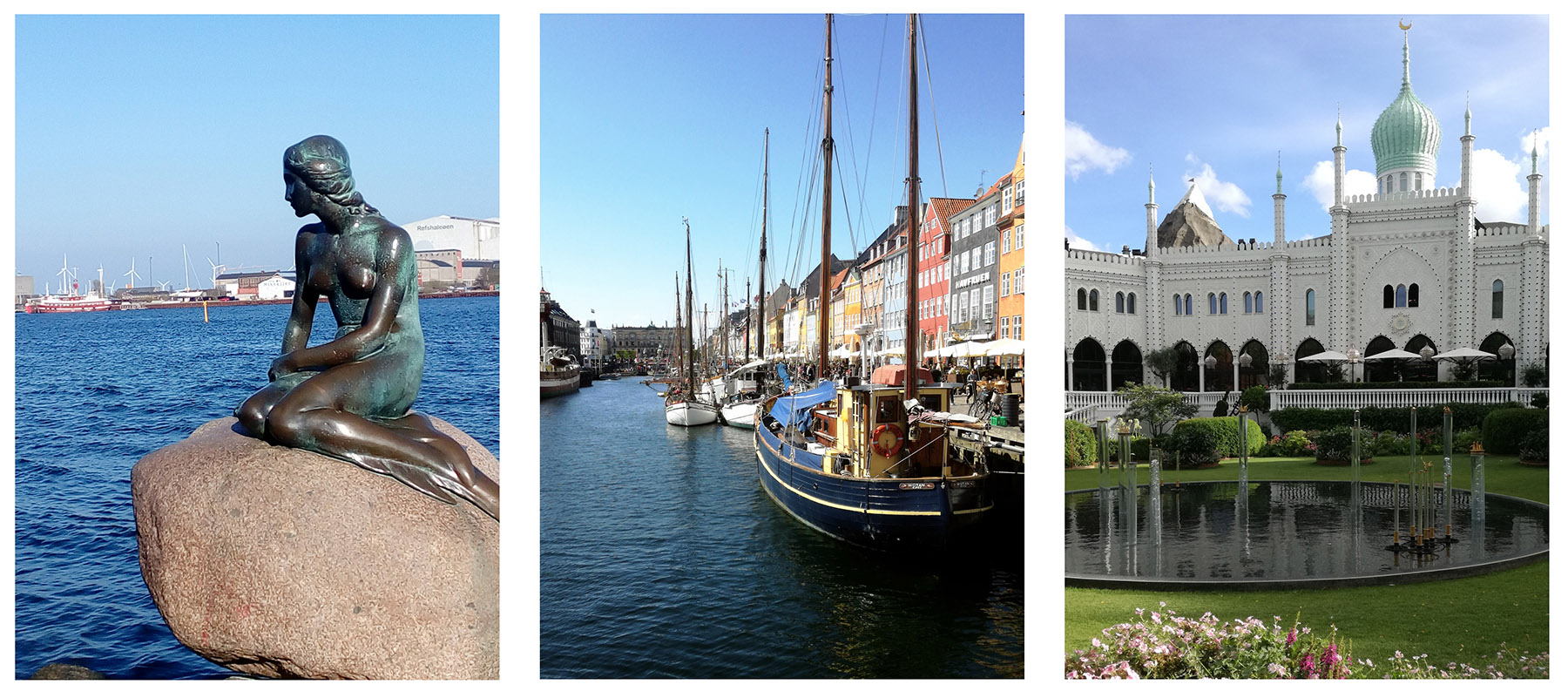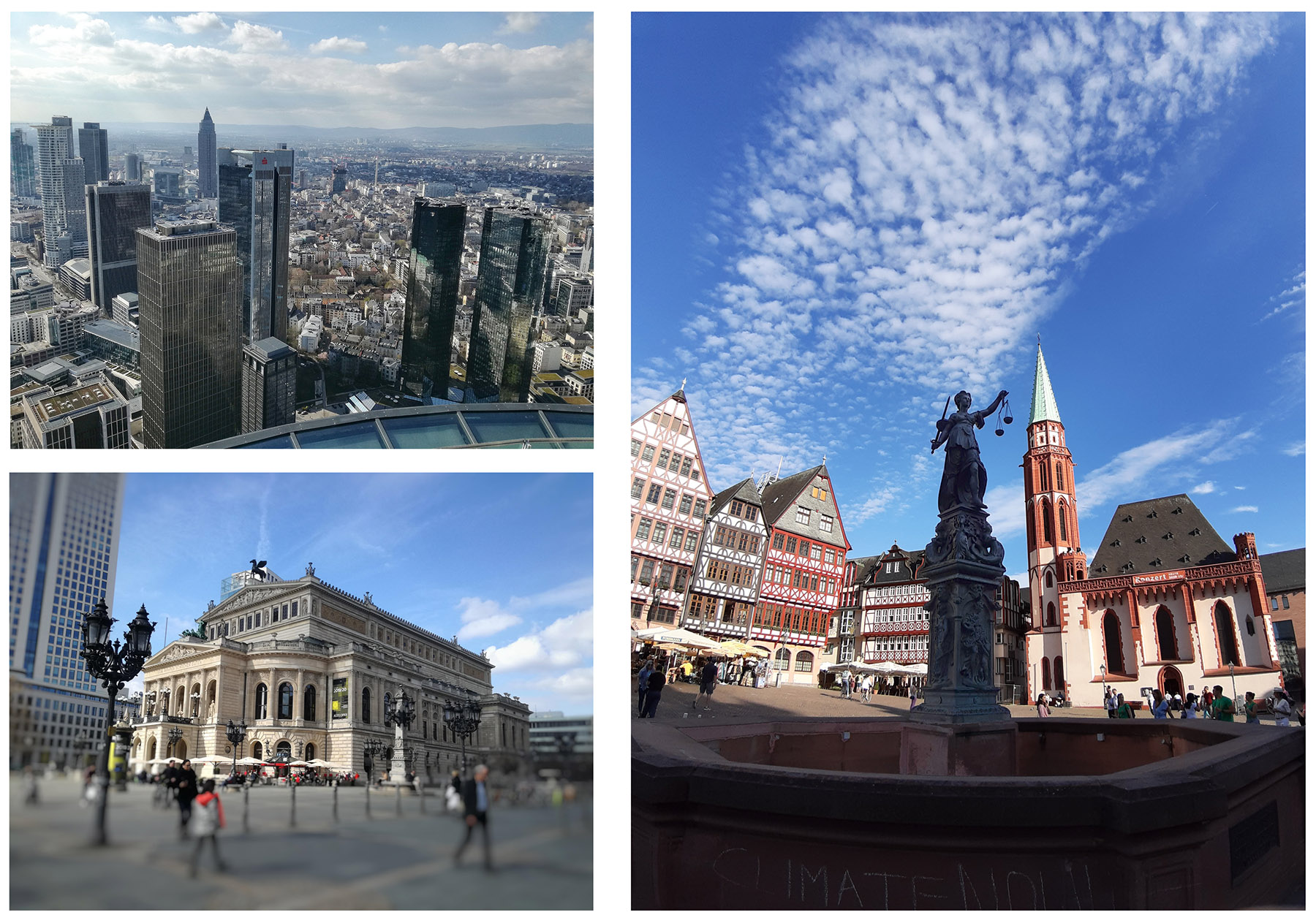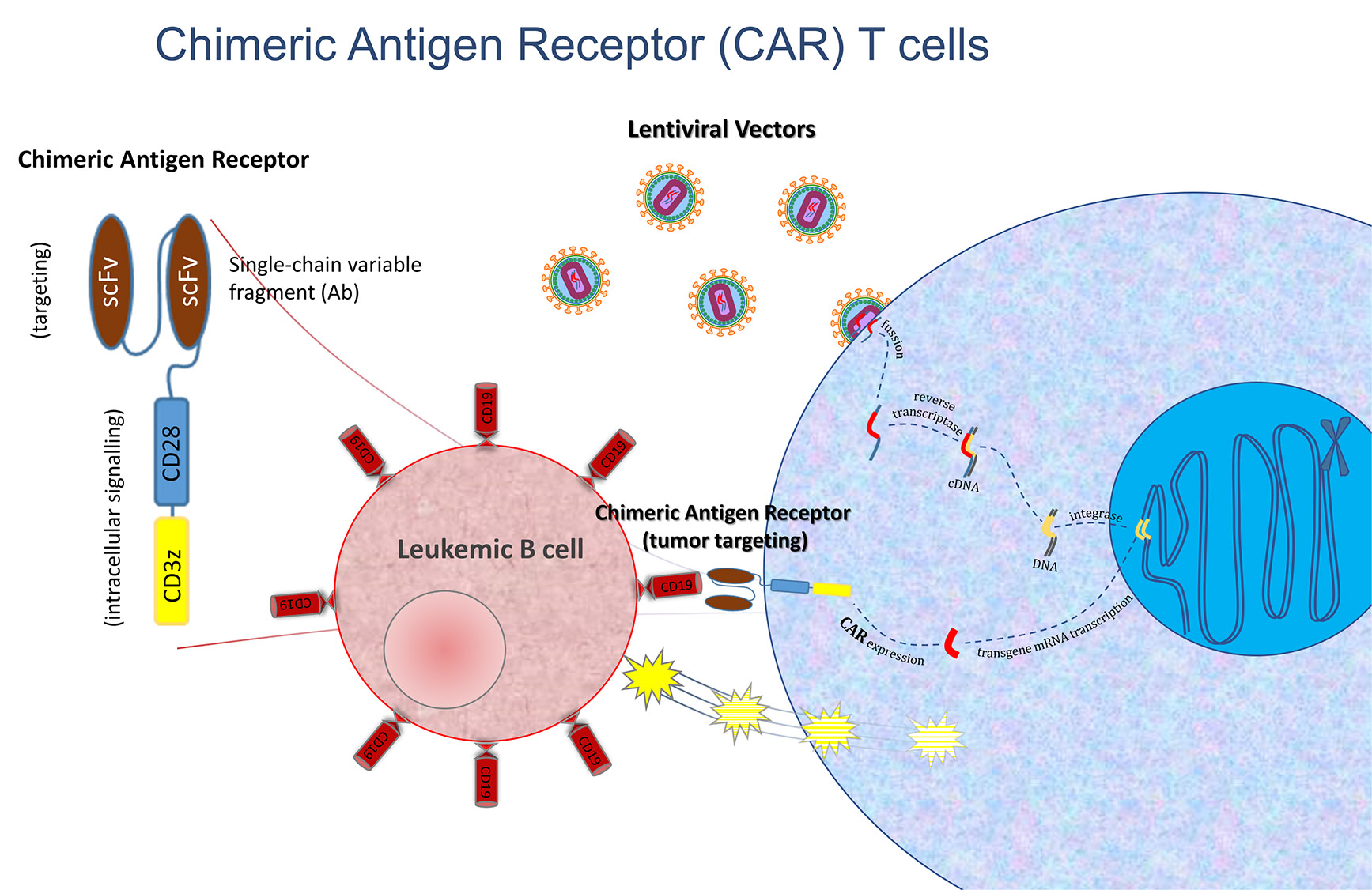Intro
Any resemblance to other scientists is purely coincidental.
The Scientist
The author of this blog, aka blogger, introduces himself as Filip (Φίλιππος, φίλος: lover, friend; ίππος: horse). He belongs to the Hominidae family (phylum: Chordata, class: Mammalian), particularly genus Homo, species sapiens. The subject’s genotype classifies the gender to be male, red/green colorblind and blood type O+. His phenotype seems to be a typical Caucasian male with some mixes from eastern European parts, light blue/grey eye colored, brown hair, 169cm short, weighing around 60-70kg (fluctuates by his diet and general mobility/activity). He was born in Kavala (Greece) in 1992, raised in Eleftheroupoli, and lived for a while in Veroia (Greece).

Environment
The natural habitat of the biologist comprises many elegant and some not that much elegant devices, i.e. flow cytometer and thermoblock, respectively. He is familiar with the sounds of his surroundings, and he can communicate with the machines and identify if something is wrong. The surfaces tend to be sterile most of the time, while alcohol disinfectant or UV light help him to clean his mess. In principle, there are two types of items in the lab: the “don’t touch it, it’s expensive” and the “don’t drink it, it’s deadly”. Miraculously, he successfully recognizes both.
The dried coffee remnant in multiple cups found on his desk is a rule of thumb. There are rumors about an actual map that shows exactly the coordinates of his experimental records. If a notebook is found, please provide it directly to a specialized professional for translating the hieroglyphics. Don’t be afraid, the office is the place where the biologist can spend his time hibernating. You can safely approach him by that time to admire this wild-type species. Please, do not ask him if he’s procrastinating…you should have already known that this is quite obvious. Other strictly forbidden questions include: “How far have you reached with your experiments?”, “Do you have any interesting results?”, “When are you going to publish?”, “When are you finishing your PhD?”, “What are your next steps after your PhD?”, “How do you see yourself after 10 years?”, “When will I become a grandma?”.
Daily struggles
Running with a slippery agarose gel late in the afternoon is not fun. Stepping on the slippery agarose gel is not fun either. His favorite reaction in the lab is staring surprisingly at his samples, while holding the pipette and shouting “Noooooo!”.
The conversation with his labmates comprises usually of two sentences: “Good morning” and “See you tomorrow!”. However, there are days when overwhelming discussion among them can be observed. Ready for goosebumps? They call it “Lab Meetings”.
The manager is a substantial figure in his habitat. When the employer is around, our biologist quickly grasps a pipette and pretends that he’s busy. Don’t try this at your workplace. It requires advanced acting skills. Also, don’t try that while having lunch, it’s not realistic. Trust me, he tried.
All together are having great fun during their weekly break-out. Apparently, the place they’re going for partying is quite famous among other scientific groups as well. It’s a pity though that alcoholic drinks are not served in the “Journal Club”. At least, the music is quite chill. Major aim is to not fall asleep while listening to the lethargic ballads one of the same species colleague mumbles among them.
The End…
. . . . . . . . . . . . . . . . . . . . . . . . . . . . . . . . . . . .

The author
Getting through my bachelor studies at the Aristotle University of Thessaloniki (Greece), I timidly carved my professional path to where I am now. My Erasmus Internship at the Lund University (Sweden) was the beginning of a big journey of studies and exploring abroad. Since then, I had the opportunity to finish my masters at the University of Copenhagen (Denmark) and join the Marie Curie European Industrial Doctorate programme at Paul Ehrlich Institut (Germany).

The project
Chimeric antigen receptor (CAR) T cell therapy has emerged due to the beneficial outcome particularly in B cell malignancies. However, the complicated and multifactorial manufacturing process involving gene delivery often by retro- or lentiviral vectors (LVs) could potentially affect the results in clinics. Hence, more contemporary monitoring methods are required to precisely investigate the molecular insights of CAR T cell generation in order to optimize therapeutic effects and minimize adverse events.

By additionally implementing detection tools for the expressed transgene, we managed to distinguish transduced from non-transduced cells in a targeted gene approach in scRNA seq. In our experimental set up, we incubated human PBMCs with either non-cell-specific LV or with receptor-targeted LVs in order to explore their unique fingerprints on the transduced and untransduced T cells.
STACCATO
Our mission is to provide fundamental elements for the manufacturing optimization of CAR T cell products for clinical use. Together with our partner institutes, we have set a goal of completing our tasks by utilizing state-of-the-art technologies to explore in-depth genes and proteins that are responsible for the enhanced production of the desirable biologic, for the optimized differentiation of stem cells to transplant cells, for the improved production of vaccines and tumor-targeted viruses, and hijacking cellular pathways for amplified gene delivery. Overall, we aspire to ameliorate manufacturing procedures of certain biopharmaceuticals in order to minimize side effects and costs of production.